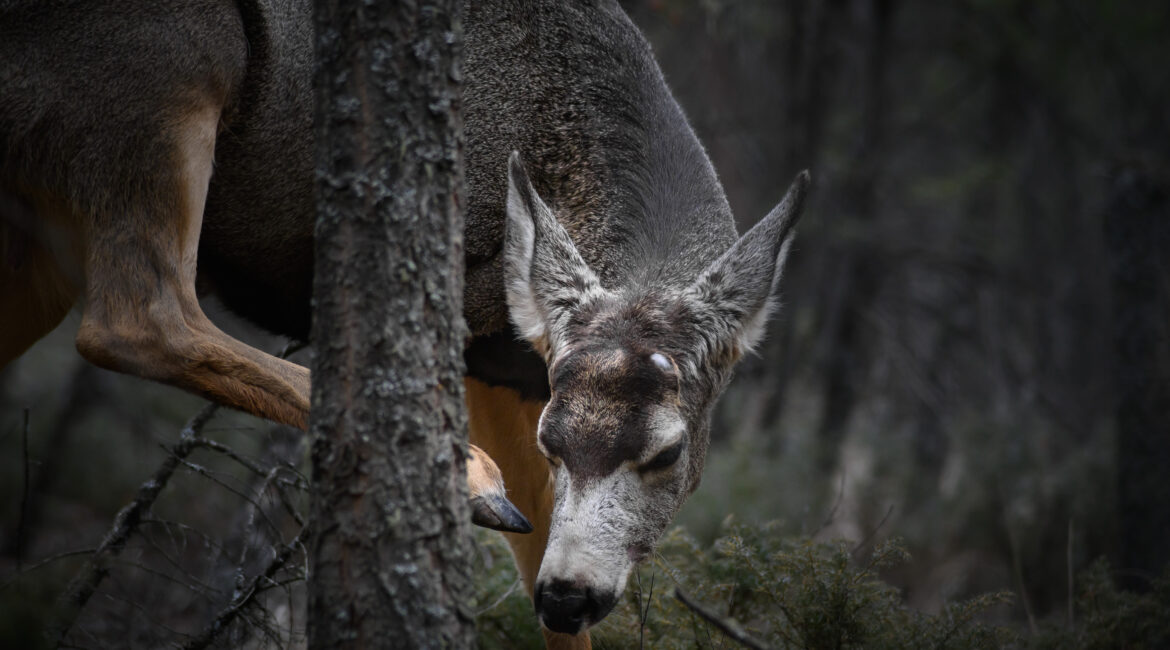
Missouri Whitetail Deer Drawn to Cedars
Missouri Whitetail deer are drawn to cedar trees for several reasons, including shelter, food, and cover. Here are some factors that contribute to the attraction of cedar trees for whitetail deer:
- Cover and Shelter: Cedar trees provide dense foliage and evergreen branches that offer excellent cover and protection for whitetail deer. Deer often seek out cedar thickets at Record Breaking Ranch for bedding areas, especially during inclement weather or when seeking refuge from predators.
- Thermal Cover: Cedar trees retain their foliage year-round, providing thermal cover and insulation for whitetail deer during the winter months. Deer may seek out cedar stands to escape cold temperatures, harsh winds, and snowfall, helping them conserve energy and maintain body heat.
- Browse and Forage: Whitetail deer feed on the leaves, twigs, and buds of cedar trees, especially during times of food scarcity or when other preferred food sources are limited. While cedar foliage is not as nutritious as other browse species, deer will consume it as a supplemental food source, particularly in winter at RBR.
- Security and Safety: Cedar thickets offer deer a sense of security and safety due to their dense and impenetrable nature. Deer may bed down or rest in cedar stands during the day, relying on the cover provided by the trees to conceal their presence from predators and human disturbances.
- Edge Habitats: Cedar trees often grow in transition zones between different habitat types, such as forest edges, woodland openings, and old field edges. These edge habitats are favored by whitetail deer because they provide a diverse mix of food, cover, and visibility, allowing deer to monitor their surroundings and access resources more easily.
- Scent Marking: Cedar trees have a distinctive aroma due to the presence of aromatic compounds in their foliage and bark. Deer may rub their antlers or glands on cedar trees to deposit scent markings, communicate with other deer, and establish dominance within their social hierarchy.
Overall, cedar trees play an important role in the ecology and behavior of whitetail deer in Missouri, especially at Record Breaking Ranch. Their dense foliage, thermal cover, browse availability, and security features make cedar stands attractive and valuable habitat components for deer populations. Land managers and hunters often recognize the importance of cedar thickets for deer management and conservation efforts.

0 Comments